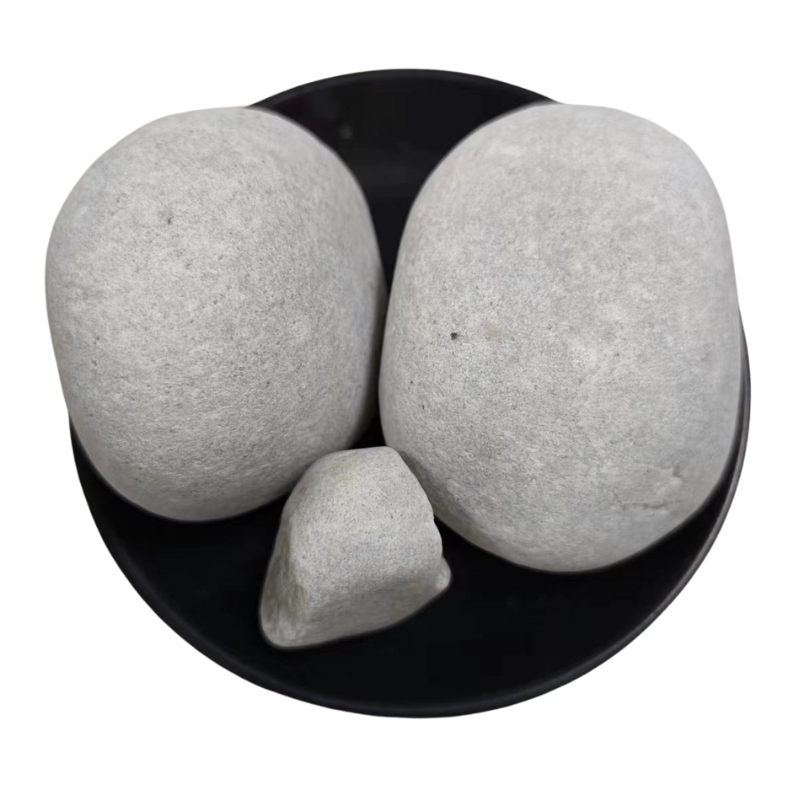
inorganic compounds list
Inorganic compounds are a vast and diverse category of chemical substances that do not contain carbon-hydrogen (C-H) bonds. They are essential in various fields, including chemistry, biology, materials science, and environmental science. These compounds can be classified into several categories based on their properties, uses, and the elements they contain.
One significant group of inorganic compounds is salts. Salts are formed from the reaction of acids and bases and consist of positively charged cations and negatively charged anions. Common table salt, or sodium chloride (NaCl), is perhaps the most recognized example. Salts play crucial roles in biological systems and are essential for various physiological processes, such as nerve transmission and muscle contraction.
Another important category is oxides, which consist of oxygen combined with one or more elements. Oxides can be classified further into metallic oxides and non-metallic oxides. Metallic oxides, like iron(III) oxide (Fe2O3), are often used in pigments, ceramics, and electronics, while non-metallic oxides, such as carbon dioxide (CO2), are significant for atmospheric chemistry and biological processes like photosynthesis.
Acids and bases also fall under the umbrella of inorganic compounds. Inorganic acids, such as sulfuric acid (H2SO4) and hydrochloric acid (HCl), are strong acids used extensively in industrial processes, including fertilizer production and metal processing. In contrast, inorganic bases, like sodium hydroxide (NaOH), are vital in various applications, including soap making and pH regulation in different chemical processes.
inorganic compounds list

Coordination compounds, formed between metal ions and various ligands, represent another fascinating category of inorganic compounds. These compounds are pivotal in fields such as catalysis, materials science, and biochemistry. For example, hemoglobin, which contains iron, is a coordination compound that plays a crucial role in oxygen transport in living organisms.
Inorganic compounds also include various minerals, which are naturally occurring inorganic substances with a definite chemical composition
. Minerals are foundational to geology and are crucial in applications ranging from construction materials to electronics.Overall, inorganic compounds are integral to both the natural world and technological advancements. Their unique properties and wide-ranging applications underscore their significance in our daily lives and the broader environment. As scientific research progresses, the study and manipulation of inorganic compounds continue to open new pathways for innovation and discovery in multiple domains.
Share
-
Premium Pigment Supplier Custom Solutions & Bulk OrdersNewsMay.30,2025
-
Top China Slag Fly Ash Manufacturer OEM Factory SolutionsNewsMay.30,2025
-
Natural Lava Rock & Pumice for Landscaping Durable Volcanic SolutionsNewsMay.30,2025
-
Custom Micro Silica Fume Powder Manufacturers High-Purity SolutionsNewsMay.29,2025
-
Custom Mica Powder Pigment Manufacturers Vibrant Colors & Bulk OrdersNewsMay.29,2025
-
Custom Micro Silica Fume Powder Manufacturers Premium QualityNewsMay.29,2025






